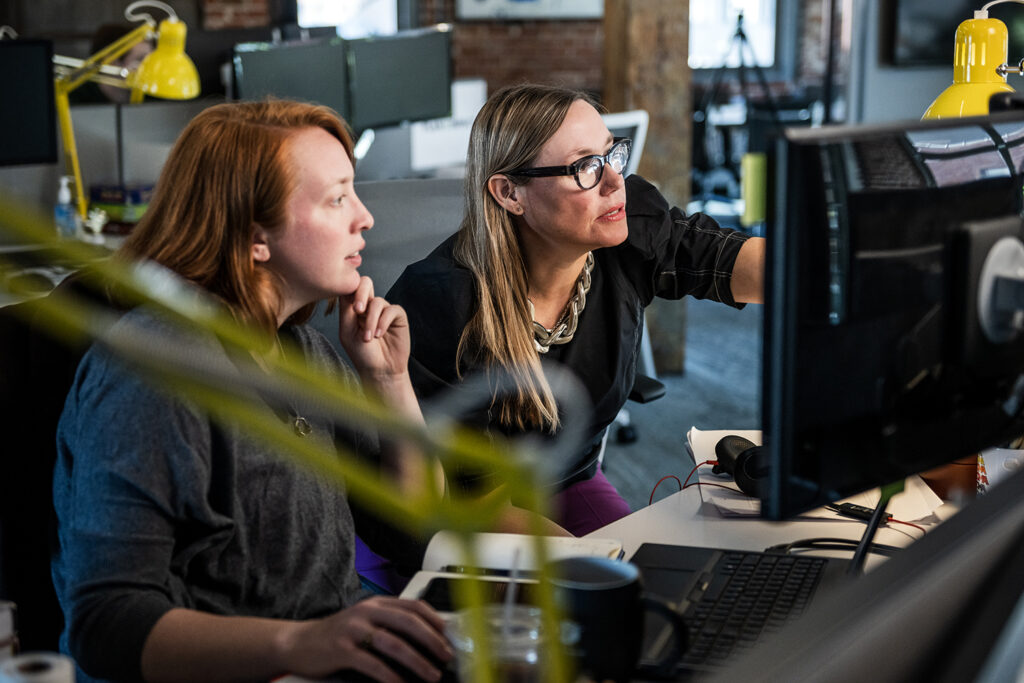Why we love adaptive reuse as urban revitalization projects!
At DRAW, our “why” is to create positive impact design. Positive impact design considers leading with empathy for our clients, stakeholders and the community and using radically resourceful approaches to sustainability and efficiency. It also has to do with the way we use cultural resources and how the community around a project is impacted by the building and its programming.
Adaptive reuse projects are projects that find a new use for an existing building, such as a warehouse becoming an office or commercial retail use, or an old school becoming a cultural facility. The first tenant in sustainability is “reduce”, then “reuse” and “recycle”. Adaptive reuse does all three of these when designed effectively. Reusing the existing structure makes great use of the embodied energy of the materials of that building – all which had to be extracted, smelted, mixed or fabricated in some highly labor intensive way.
The steel, timber and concrete frames of the older warehouse buildings we have imbued with new life in the Messenger/Ibis, Box Building, Third Street Social, and other projects, not only save our clients from having to include structural framing in their budgets, they reduce the demand on natural resources and make better use of existing infrastructure. Studies have shown that it takes between “10 to 80 years for a new building that is 30 percent more efficient than an average-performing existing building to overcome… the negative climate change impacts related to the construction process” (Preservation Green Lab).
And often when a historically significant building is in question, as all of these buildings were, bring a richness to the cultural heritage of a project as well. We were able to bring valuable tax incentives to reduce the cost of renovations by 45%, thereby allowing for a higher quality design and ensuring the buildings had another fifty+ years of life in them to continue their story within the broader urban context. This critical funding, which we hope will continue to be supported both at the State and Federal levels, means that adaptive reuse is also the most affordable development approach within the urban core.
Finally, when we can bring an active use back to a formerly derelict or empty structure, seeing it lit up and brimming with life, is one of the most fulfilling parts of our profession. Over the past twenty years, the planning and building professions have seen a sea change in how important Investing in our urban cores is. It is critical to the healthy economic development of our communities to maintain a continuously active urban fabric – for better pedestrian connectivity, to reduce the need for new infrastructure, and reduce overall environmental impact.




